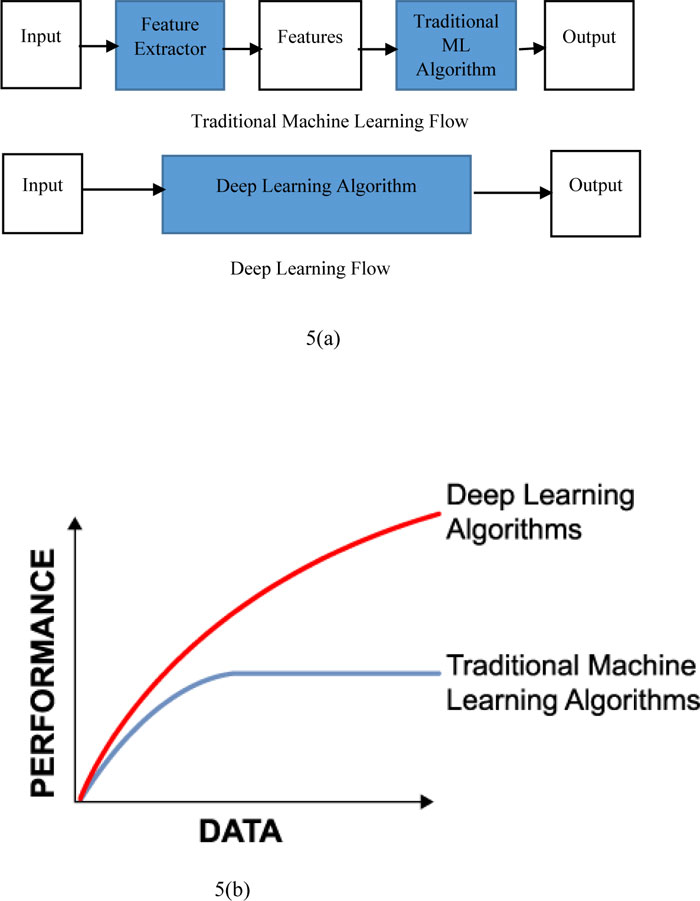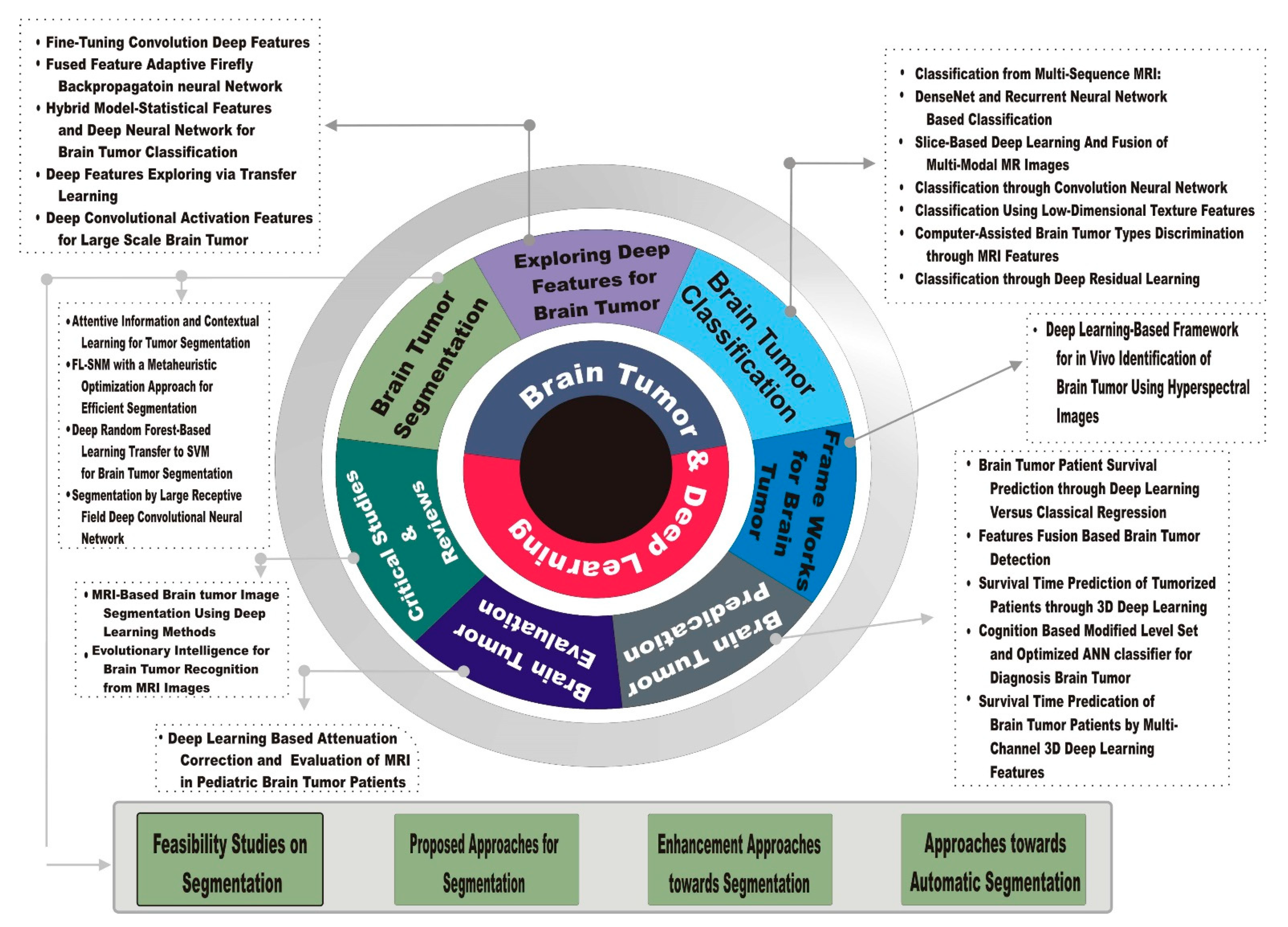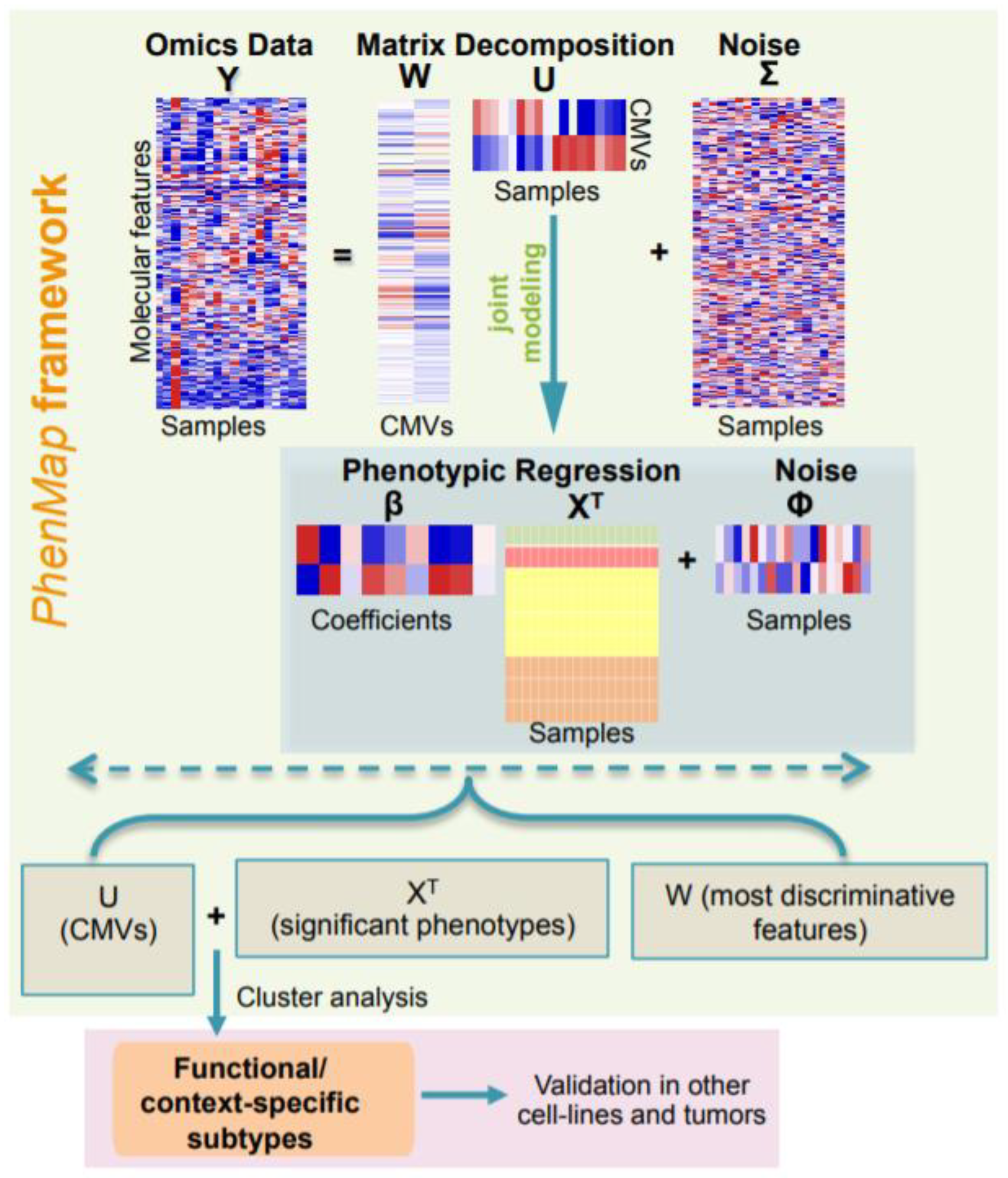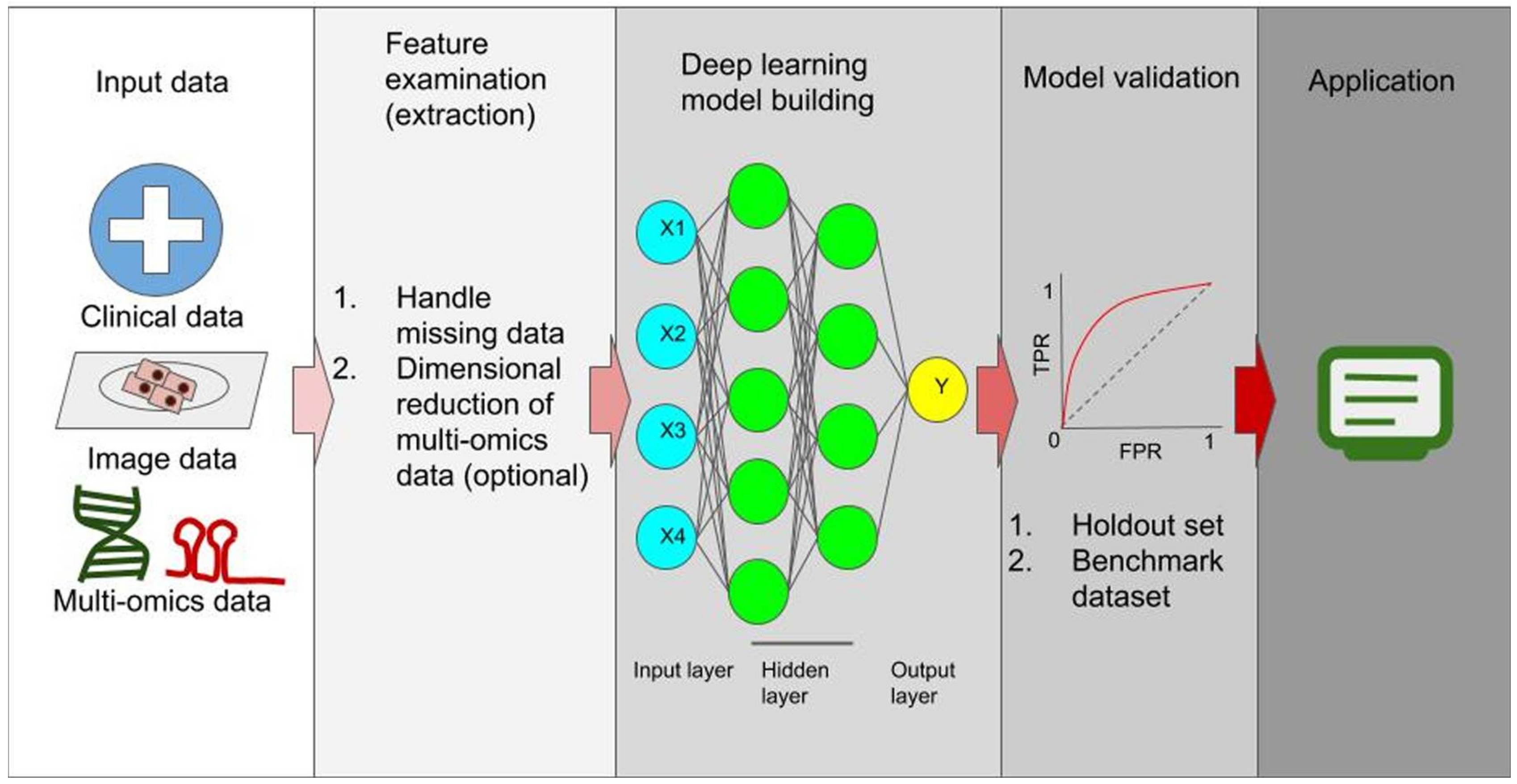Unsupervised Machine Learning Glioblastoma
One of these clusters contained all of the glioblastoma samples with G. Using the 3rd hidden layer representation of each tumor as learned by our unsupervised deep learning model we performed consensus clustering on all tumor samples-leading to the discovery of clusters of glioblastoma multiforme with differential survival.

Machine Learning Approaches To Study Glioblastoma A Review Of The Last Decade Of Applications Valdebenito 2019 Cancer Reports Wiley Online Library
The article Unsupervised machine learning reveals risk stratifying glioblastoma tumor cells was published online in the journal eLife on June 23.

Unsupervised machine learning glioblastoma. Unsupervised machine learning reveals risk stratifying glioblastoma tumor cells eLife 2020. Advantages of snapshot proteomics with single-cell mass cytometry in solid tumours FEBS Journal 2019. An unsupervised automated machine learning algorithm successfully identified glioblastoma tumor cells and stratified survival outcomes according to study results published in eLife.
We downloaded 7528 gene expression samples each with 15404 features across 17 different cancer types from TCGA and developed a python deep learning libraryincluding an unsupervised implementation of a Stacked Restricted Boltzmann Machine. Using the 3rd hidden layer representation of each tumor as learned by our unsupervised deep learning model we performed consensus clustering on all tumor samples leading to the discovery of clusters of glioblastoma multiforme with differential survival. Unsupervised learning also known as unsupervised machine learning uses machine learning algorithms to analyze and cluster unlabeled datasets.
These algorithms discover hidden patterns or data groupings without the need for human intervention. RAPID code and examples are available on the. This thesis focuses on the research and development of the Hemodynamic Tissue Signature HTS method.
12052020 by Yifan Li et al. Your article has been reviewed by three peer reviewers one of whom is a member of our Board of Reviewing Editors and the evaluation has been overseen by Philip Cole as the Senior Editor. The teams findings hold important implications for treatment of glioblastoma an aggressive brain tumor with high mortality as well as the application of machine learning to broader.
Thank you for submitting your article Unsupervised machine learning reveals risk stratifying glioblastoma tumor cells for consideration by eLife. The article Unsupervised machine learning reveals risk stratifying glioblastoma tumor cells was published online in the journal eLife on June 23. University of Bath 0 share.
Glioblastoma is profoundly heterogeneous in microstructure and vasculature which may lead to tumor regional diversity and distinct treatment response. Unsupervised machine learning reveals risk stratifying glioblastoma tumor cells Nalin Leelatian123 Justine Sinnaeve12 Akshitkumar M Mistry24 Sierra M Barone1 Asa A Brockman12 Kirsten E Diggins12 Allison R Greenplate23 Kyle D Weaver4 Reid C Thompson4 Lola B Chambless4 Bret C Mobley3 Rebecca A Ihrie124 Jonathan M Irish123. Deep learning is a group of machine learning algorithms that use multiple layers of hidden units to capture hierarchically related alternative representations of the input data.
We introduce a machine learning algorithm Risk Assessment Population IDentification RAPID that is unsupervised and automated identifies phenotypically. Bayesian optimization assisted unsupervised learning for efficient intra-tumor partitioning in MRI and survival prediction for glioblastoma patients. Unsupervised deep learning reveals prognostically relevant subtypes of glioblastoma.
Unsupervised deep learning reveals prognostically relevant subtypes of glioblastoma. A goal of cancer research is to reveal cell subsets linked to continuous clinical outcomes to generate new therapeutic and biomarker hypotheses. Unsupervised machine learning reveals risk stratifying glioblastoma tumor cells.
June 26 2020 - Researchers from Vanderbilt University leveraged unsupervised and automated machine learning techniques to analyze millions of cancer cells and identify new cancer cell types in brain tumors. Its ability to discover similarities and differences in information make it the ideal solution for. RAPID code and examples are available on the cytolab Github page.
An unsupervised machine learning approach to describe the vascular heterogeneity of glioblastomas by means of perfusion MRI analysis.

4 Types Of Machine Learning Supervised Unsupervised Semi Supervised Machine Learning Deep Learning Machine Learning Artificial Intelligence Machine Learning

Machine Learning Techniques Used For The Histopathological Image Analysis Of Oral Cancer A Review Fulltext

Brain Sciences Free Full Text Brain Tumor Analysis Empowered With Deep Learning A Review Taxonomy And Future Challenges Html

Machine Learning Detects Pan Cancer Ras Pathway Activation In The Cancer Genome Atlas Cell Reports

Mri Feature Extraction And Machine Learning Pipeline Download Scientific Diagram

Rise Of The Machines Advances In Deep Learning For Cancer Diagnosis Trends In Cancer

Cancers Free Full Text A Machine Learning Tool Concurrently Models Single Omics And Phenome Data For Functional Subtyping And Personalized Cancer Medicine

Machine And Deep Learning Methods For Radiomics Avanzo 2020 Medical Physics Wiley Online Library

Ai Applications To Medical Images From Machine Learning To Deep Learning Sciencedirect

Machine Learning To Detect Signatures Of Disease In Liquid Biopsies A User S Guide Lab On A Chip Rsc Publishing Doi 10 1039 C7lc00955k

Supervised Learning Unsupervised Learning Reinforcement Learning Machine Learning Artificial Intelligence Machine Learning Deep Learning Data Science
Radiomics In Brain Tumor Image Assessment Quantitative Feature Descriptors And Machine Learning Approaches American Journal Of Neuroradiology

Recent Advancement In Cancer Detection Using Machine Learning Systematic Survey Of Decades Comparisons And Challenges Sciencedirect

Machine Learning Applications To Neuroimaging For Glioma Detection And Classification An Artificial Intelligence Augmented Systematic Review Sciencedirect

Machine Learning In Radiology Applications Beyond Image Interpretation Journal Of The American College Of Radiology

Machine Learning And Glioma Imaging Biomarkers Clinical Radiology

Personalized Deep Learning Of Individual Immunopeptidomes To Identify Neoantigens For Cancer Vaccines Nature Machine Intelligence

Schematic Workflow Of Supervised Machine Learning Download Scientific Diagram

Cancers Free Full Text The Application Of Deep Learning In Cancer Prognosis Prediction Html
Post a Comment for "Unsupervised Machine Learning Glioblastoma"